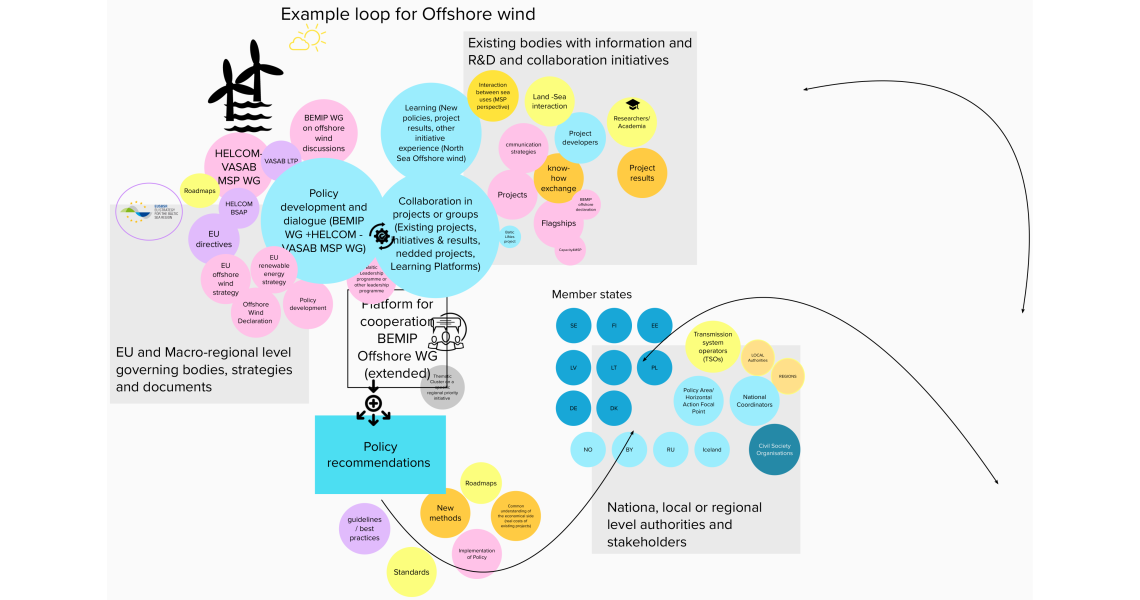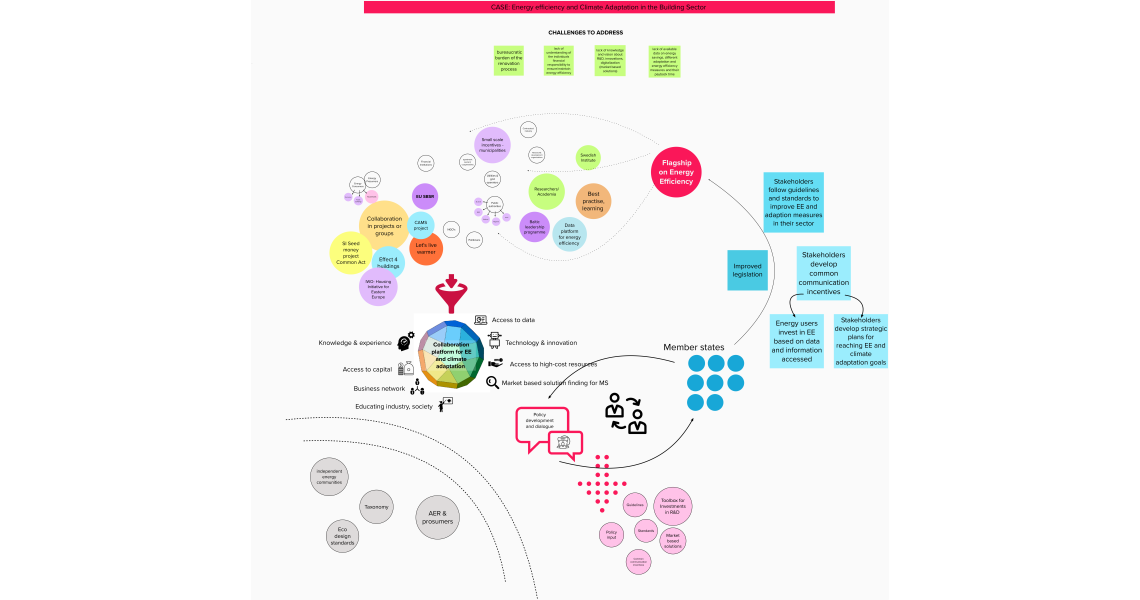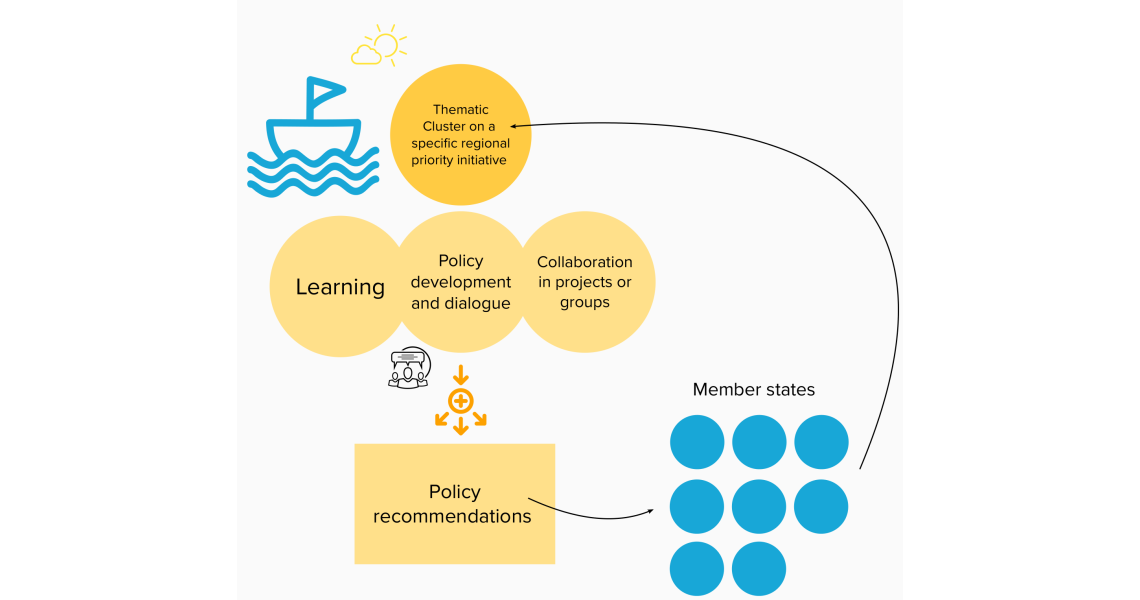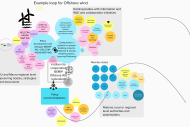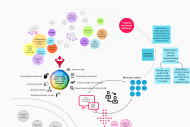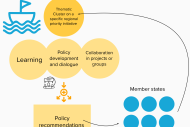Design Flagships and Policy Loops
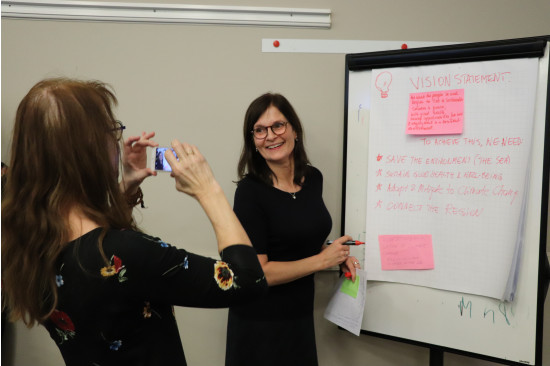
Flagship as a modus operandi: Concept and Guidelines for design
This section describes the concept of Flagship and can be used as Guidelines for developing flagships, by Policy Area Coordinators and Horizontal Action Coordinators. ”Flagship” as a modus operandi should not be confused with earlier employed ’flagship projects’ (subject to ’labeling’). Whereas the name itself might be debatable and a better name might emerge (e.g. ’creative platform’ has recently come to be used), the essence of Flagship is by now well-defined in the Strategy.
What is a Flagship and how is it different from projects? A Flagship is a strategic action born to respond to a particular macro-regional challenge for which it gathers relevant stakeholders from different levels of governance (and society). Thus, thematic objectives and targets of the Strategy are achieved through a particular way of collaboration between them.
Flagships exist both within a single Policy Area/Horizontal Action, or between PAs and/or HAs (which makes the impact even larger and such flagships even more strategic).
Flagships are development, collaborative environments / processes that are designed to enact larger policy impact on selected macro-regional issues, within the thematic areas.
The entire document can be read here or through the link box below. It is divided into thre major sections, namely the Inception of Flagships, the Designing of Flagships and Management and Leadership Role in Flagships.
The policy loop defined - influencing and co-creating policy
In the context of the EUSBSR, a policy loop signifies the interchange and flow of information within the EUSBSR between a Policy Area (including flagships and projects) and decision-makers in the Member State. The policy loop serves to inform and disseminate as well as to influence and even co-create policy.
A policy loop could be established between a specific Policy Area and the national level of the Member State, or between a flagship and the national level. Each Policy Area or flagship should develop and facilitate policy loops with each Member State.
The design of a policy loop would look different depending on the thematic context (the Policy Area) as well as on the stakeholders involved. In other words, there is not one template that will fit all contexts, rather a policy loop needs to be developed in line with the needs and prerequisites of a specific Policy Area.
For visualised examples of a Policy Loops, see the image carousel at the bottom of this page.
A lecture on policy loops can be read here or through the link box below.
